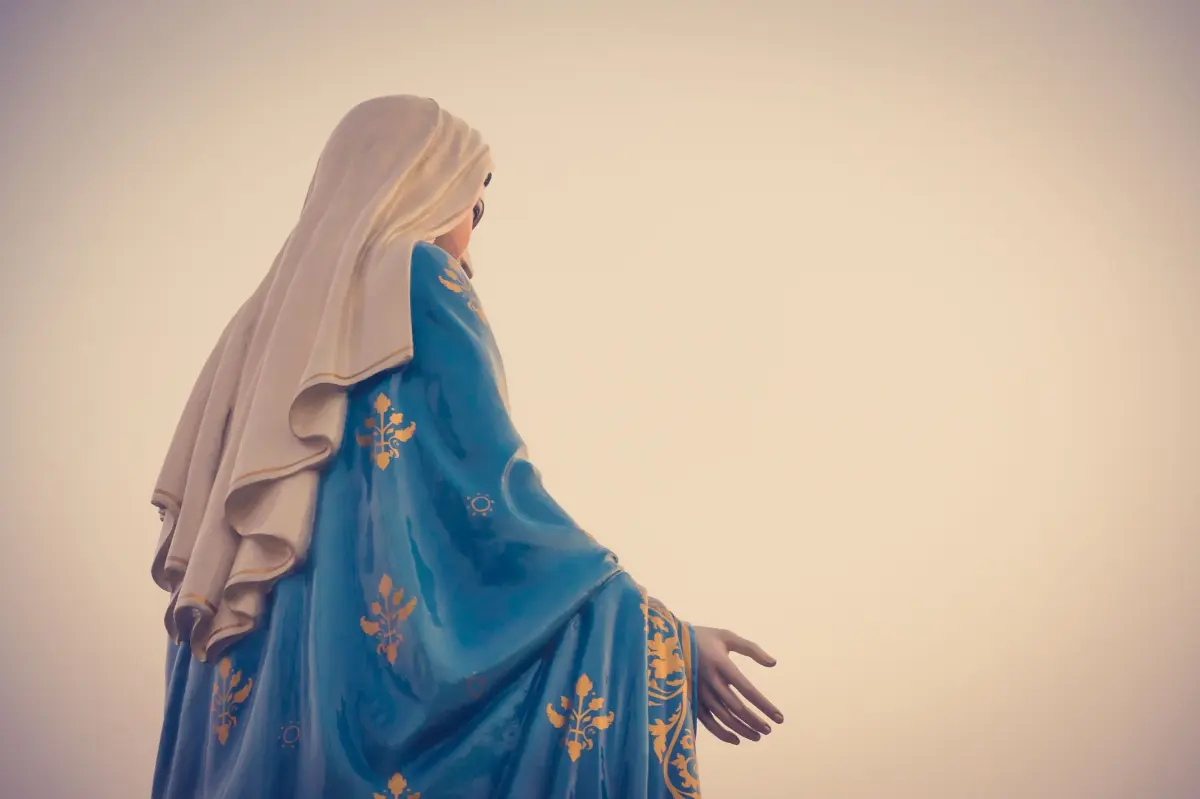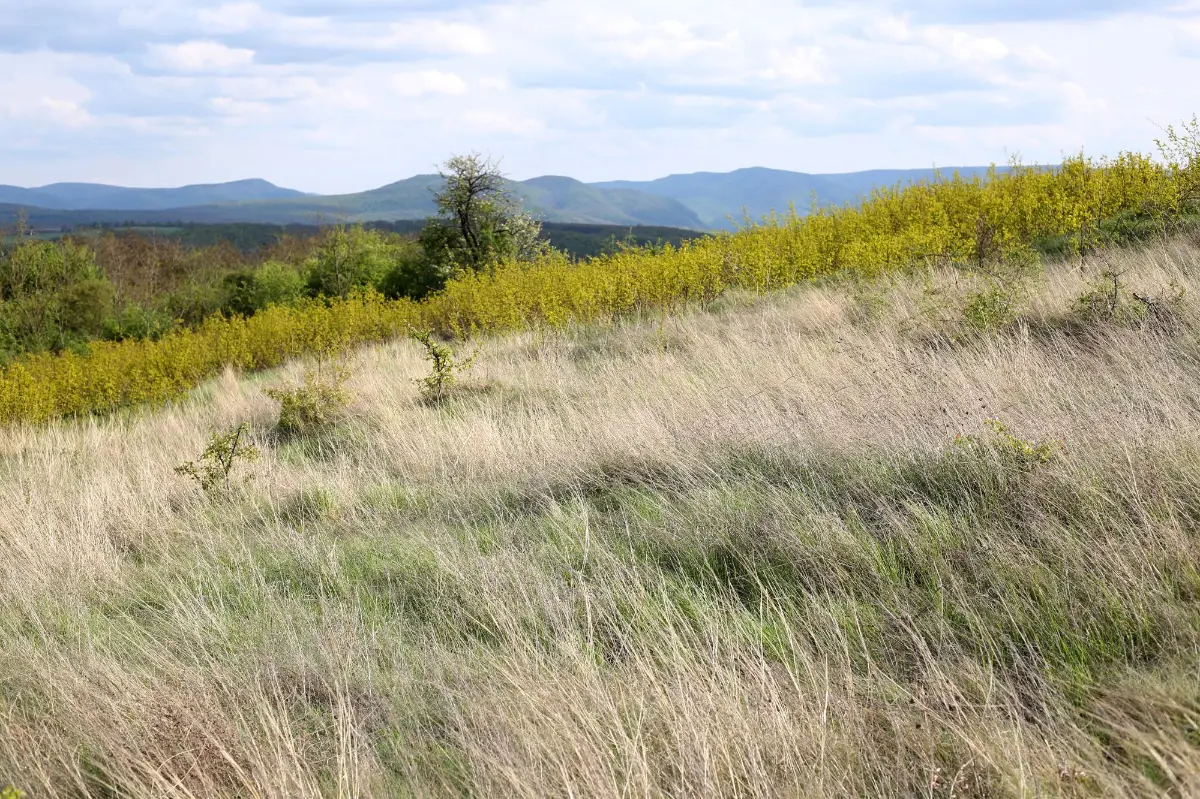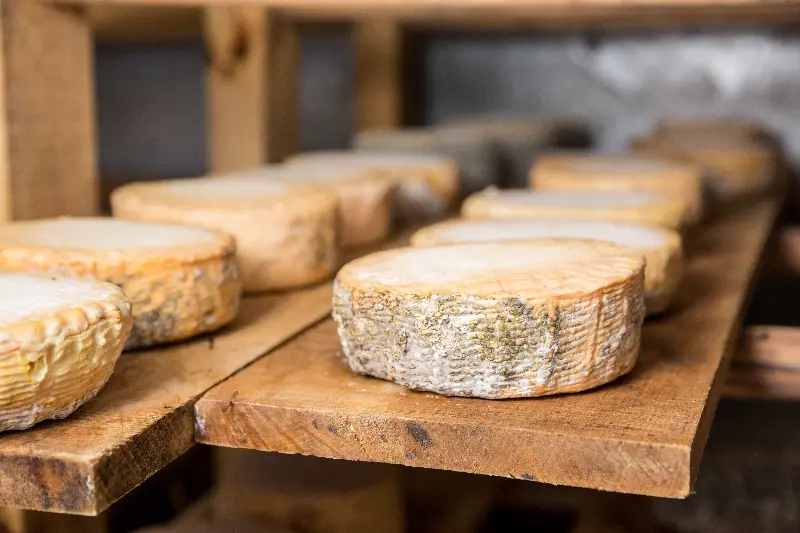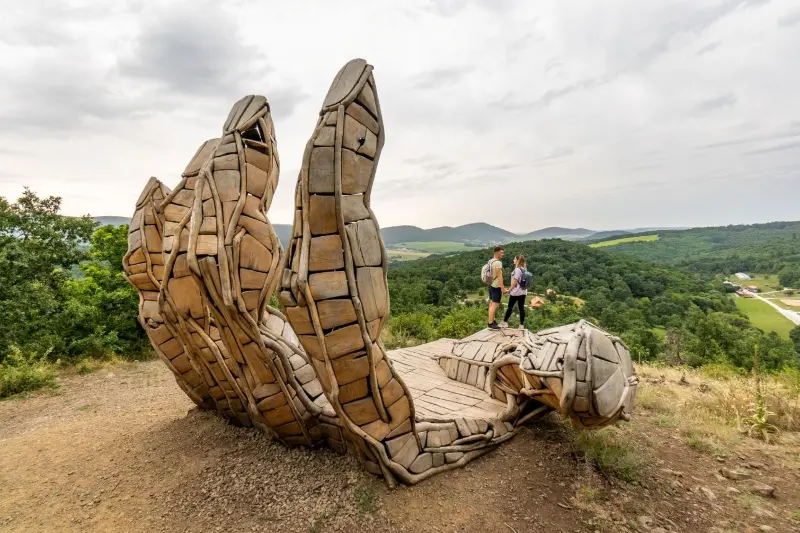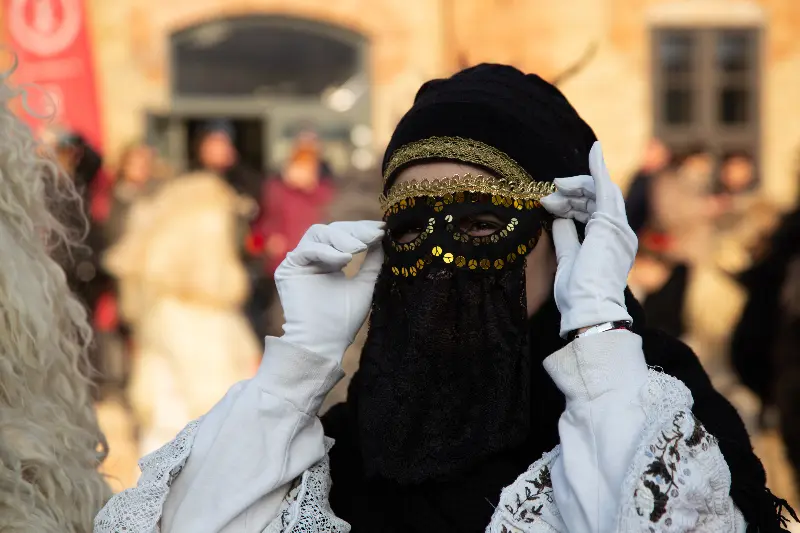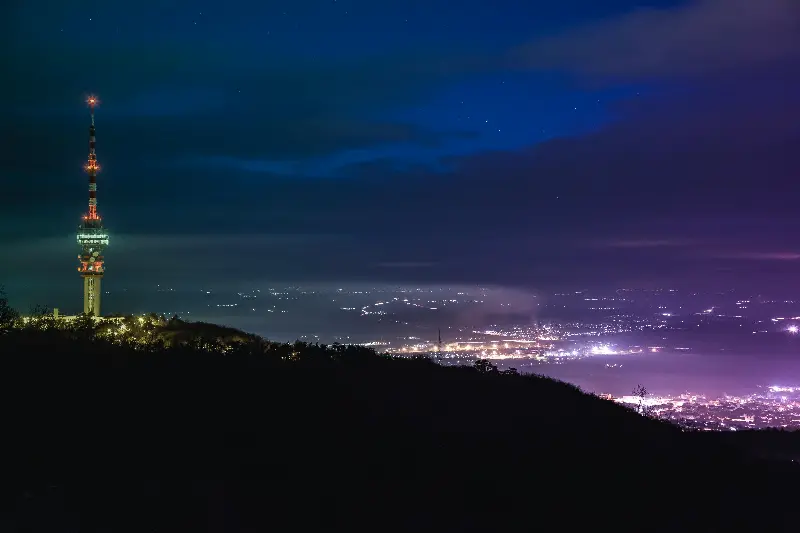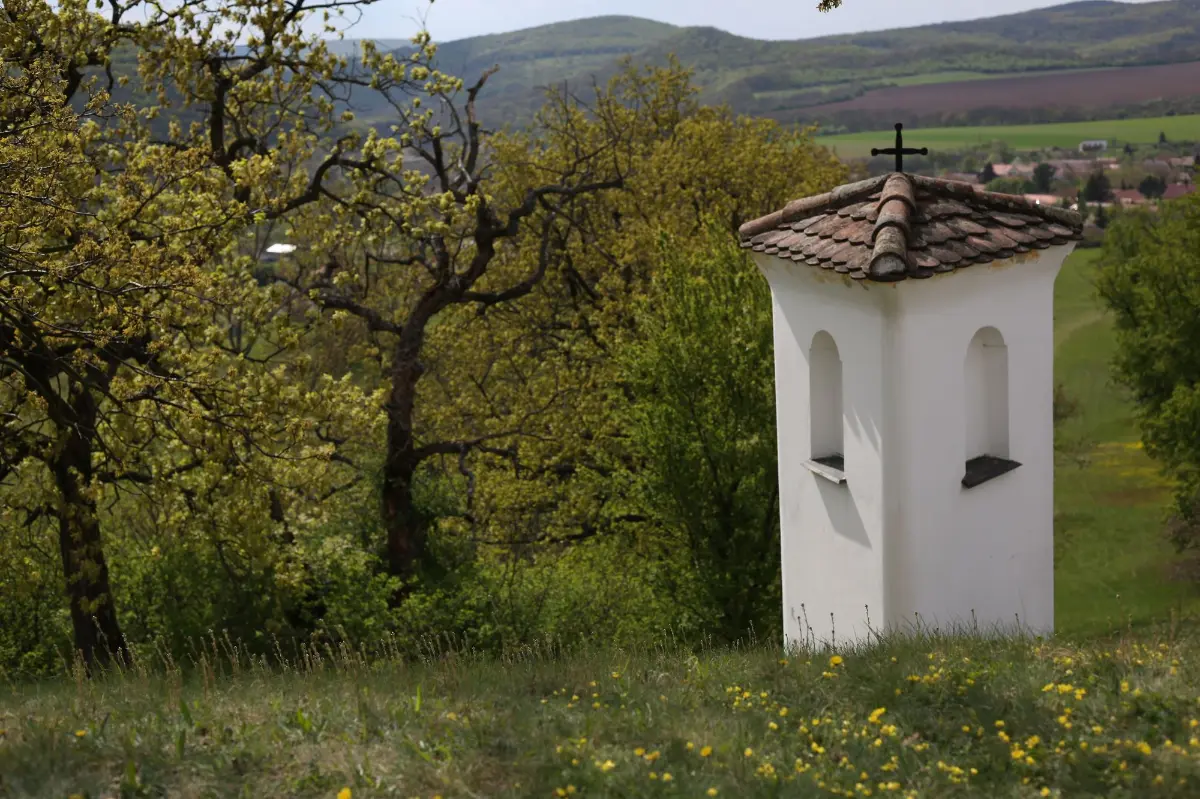
Helyszín címkék:
The village guarded by the Virgin Mary
DunakanyarGO
We don't know how long the settlement has been inhabited, but the region, rich in game, drinking water and woods, has been home to people for a long time – it is certain that Márianosztra was first mentioned in writing in 1262. The fact that it did not become just one village among many is actually due to chance and the military misfortunes of King Louis the Great. Catching the plague during the failed Napoleonic campaign, the death of his young wife, the ruined new marriage to Mary of Anjou by the Pope, his wound at the siege of Aversa were all bad for him, but the two campaigns against the Lithuanians also took a lot out of him. To heal his broken body and troubled soul, he sought help from the only order of monks founded in Hungary, the Pauline Fathers: in 1352, he built a monastery and church in the hunting ground of Börzsöny near Visegrád Castle for the monks, many of whom were already living in the area as hermits. Worshipping the Virgin Mary, it was consecrated in honour of the Virgin Mary of the Hungarians – hence the monastery and the village that grew up next to it.
Maria Nostra or Our Virgin Mary
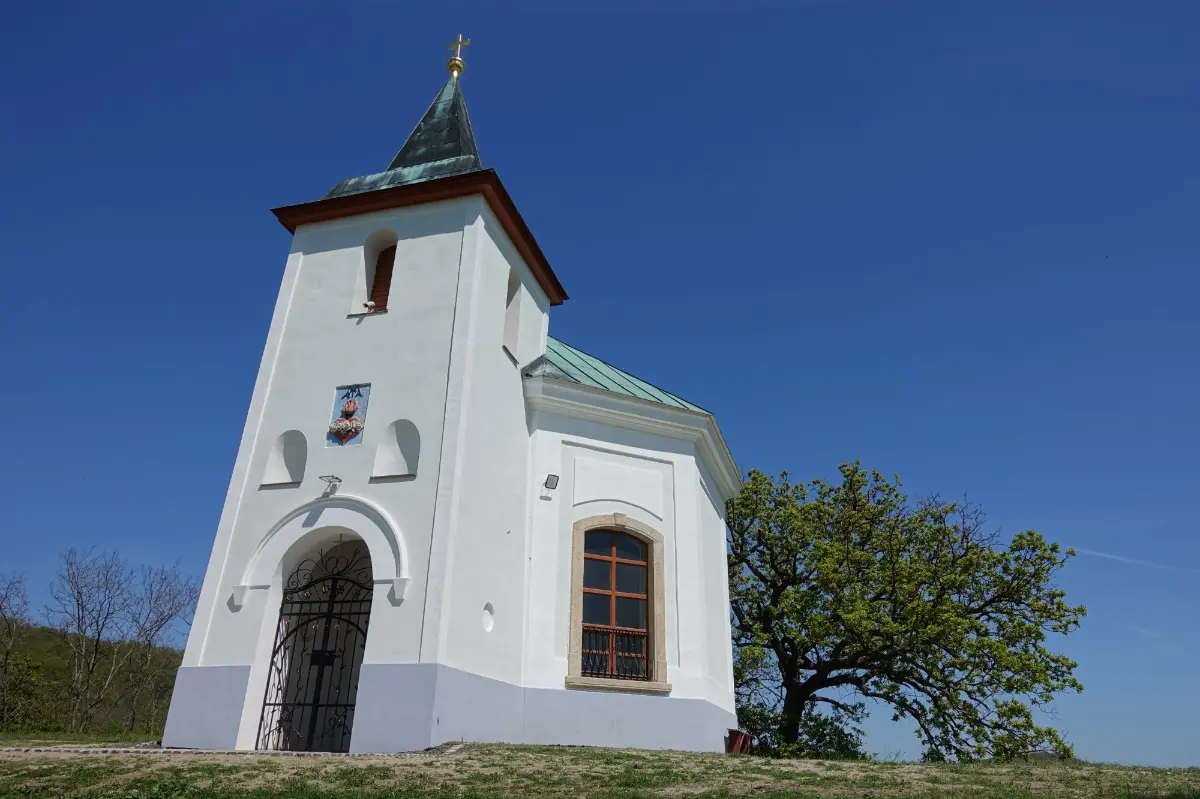
In 1382, the last year of King Louis's reign, the Pauline Fathers left here for Czestochowa in Poland to found a monastery there. They didn’t know that this gesture and this work would mean that monk friends could return to Hungary despite political persecution and still be with us in 2022. The King excelled himself. He gave the Paulines not only lands and mills, he also donated considerable treasures. According to legend, Brother Nicholas, the first Prior of the monastery of Márianosztra, refused, saying that it was difficult for the rich to enter the Kingdom of Heaven. The king's gift somehow found its way there, because a century and a half later, a serious crime was committed: an errant novice stumbled upon the hiding place of the artefacts and, in collaboration with a local shepherd, stole them.

The considerable fortune - a church treasure worth 200 marks at the then exchange rate - was barbarously smashed. Silver and gold chalices, crosses and incense were melted down. The novice fled, but the shepherd was caught: he was burnt at the stake on the orders of the Castellan of Nógrád. The temporary calm was broken by the Turks: Márianosztra was destroyed, and the settlement was completely emptied. After the war, Polish, Slovakian and German families moved in, and as soon as possible, the Paulines returned and started to rebuild the monastery. For many years their presence was both creative and economically beneficial to the village. This period came to an end on 7th February 1786, When King Joseph II of Hungary dissolved the Hungarian Pauline order on false pretences. First, there was a military hospital, then a prison within its walls - an institution that is still in operation today, and in the twentieth century was home to a number of political prisoners. You can also learn about these times in the high-quality prison museum.
There were once two fortifications near the village. Neither the Bíber nor the Zuvári castle survived the turbulent times, but their remains are still there, offering a great opportunity for an easy hike. In the Village Hall, you can admire the traditions of peasant architecture, but the mining monuments and the fascinating world of the old water mills of Börzsöny are also worth a visit. One of the most popular excursions is the visit to Mary's Well, located on the asphalt road to Szob, where several miracles were recorded in the twentieth century. For those who want more than just cooling water, wander around, take a look inside: in the 1940s, Cardinal József Mindszenty sanctified the spring - and those who drink from it will be blessed.
